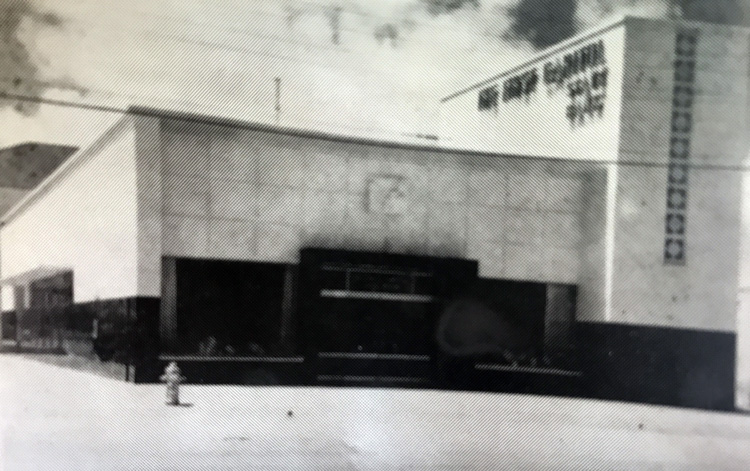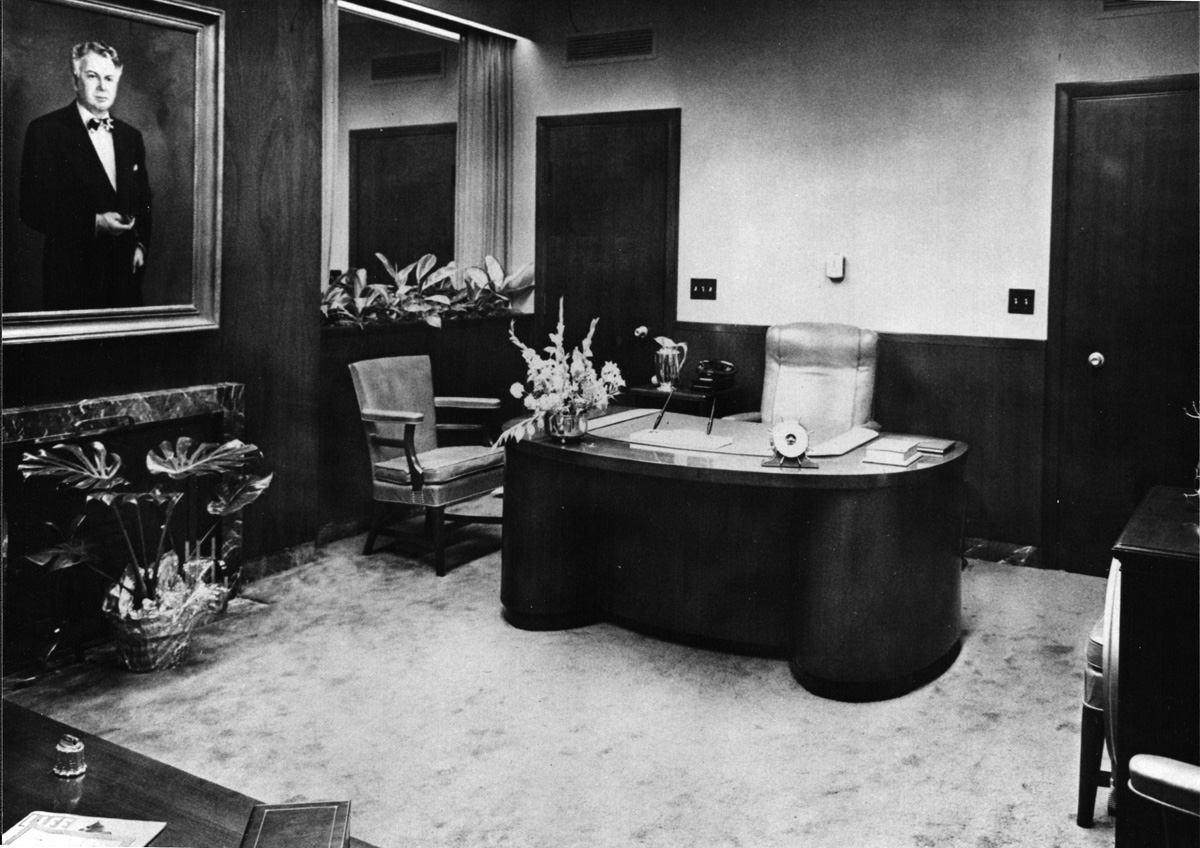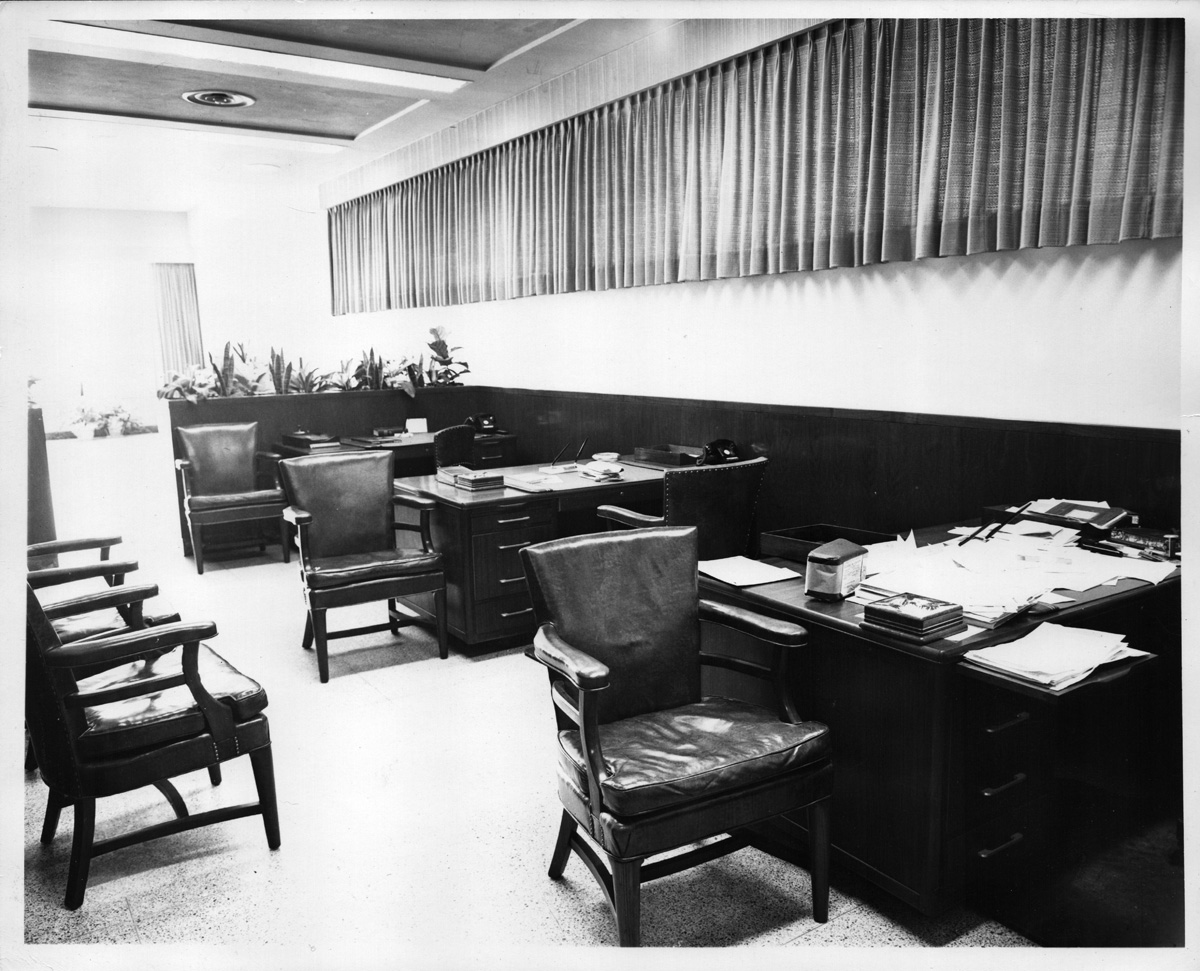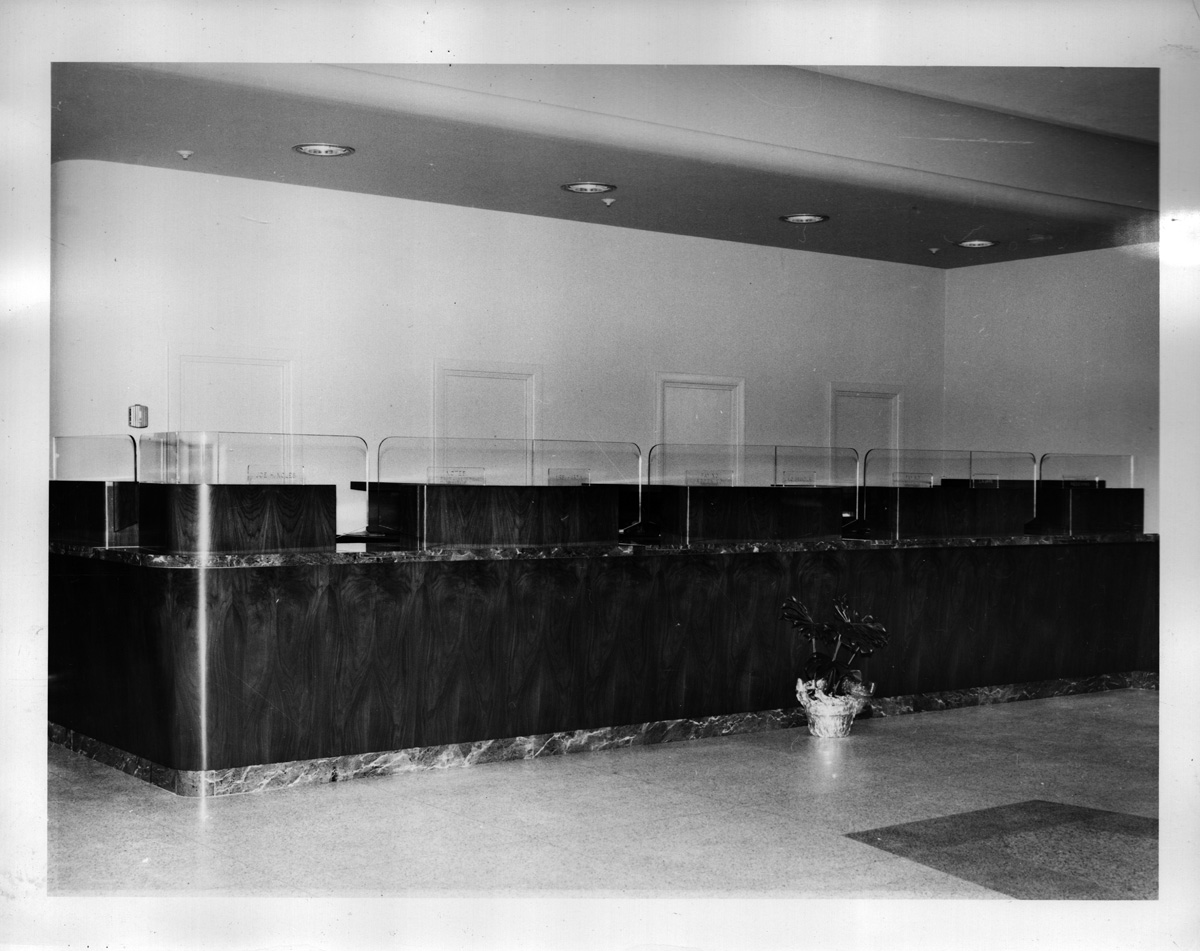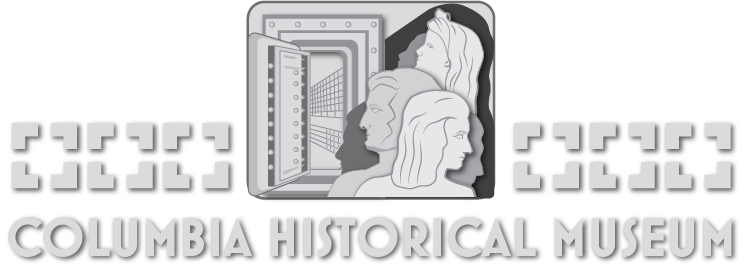![]()
By Susan Avera Holt
Columbia Historical Museum Board Member
First Capitol State Bank opened its doors at a formal ribbon-cutting ceremony on July 22, 1950. The building was described as “new and luxurious” and “the house which Galloway built,” according to a newspaper story in the Brazoria County Daily Review. Galloway was M.M. “Dooley” Galloway, the bank president.
Galloway joined the staff as an assistant cashier when the bank was organized in 1925. First Capitol State Bank was one of the few financial institutions to emerge intact after the Great Depression. Officers of the bank at that time were T.L. Smith, Sr.; president; W.D. Harris, cashier and Mildred Simmons, bookkeeper.
The architect of the building was Baldwin Nash Young, and, yes, he was related to Kittie Nash Groce. They were first cousins.
The Daily Review story goes on to describe the 1950 bank building in detail, “The bank is modern in design and décor throughout, is constructed of hollow tile and is faced with cream brick and Vert antique marble. On the wall above the front entrance there is a sculptured stone representative of the bank and the community working and growing together.”
The sculpture has been incorporated into the new logo of the Columbia Historical Museum which has occupied the building since 1990. (See photo below)
“The large tempered glass doors with plate glass side lights, and the wide plate glass windows, lend a feeling of openness and friendliness as one enters the lobby. The floor of the lobby is of green terrazzo. The walls are a muted green with draperies in the same soft shade. On the right wall as one enters, there is a historical mural, picturing the first capitol of Texas, bordered with local historical and industrial scenes.”
The mural was painted by artist George Shackelford and is the centerpiece of the museum today. (See the story board member Ben Tumlinson wrote about the mural and Mr. Shackelford on May 16, 2022)
“Hidden tubes of simulated daylight lighting reflect from coves around the ceiling. Genuine American black walnut and Vert Issori marble have been used in the fixtures. In order to insure [sic] matching grain, the facings for all the fixtures were sliced from one giant tree. The desks and green leather sofas are arranged at either end of the lobby. At the left as one enters, and toward the back, are the officers’ quarters. They are separated from the lobby by planters set on walnut panels.”
The story continues, “Perhaps the showplace of the bank is the president’s private office. Here again is the walnut wainscoting, with walls of French beige and cocoa brown carpeting. On one wall is a fireplace, flanked on either side by indirectly lighted mirrored panels. Above the fireplace hangs a portrait of the president, M.M. Galloway. The furniture is of walnut, upholstered in pine green leather. In keeping with the completeness and modern tone of the building, the furnishings of the office include a television set.”
Today the museum’s board of directors uses Galloway’s office as a conference room. Night at the Museum attendees went in there for punch and snacks. Daily museum visitors will find artifacts, paintings and photos of East Columbia here.
Perhaps the most interesting “room” in the bank building is the vault. In 1950, the vault was where Galloway’s son, Ernest Ray “ER” Galloway, and Peggy Gupton (now Boone) played.
“The vault has been enlarged to permit the installation of a large number of new safe deposit boxes and two coupon booths have been provided for the use of the safe deposit customers. Another added feature is the night depository for the convenience of customers who wish to make deposits after banking hours.
“A snack bar has been included for the use and convenience of the employees. It is a gay room with blond furniture and bright colors used in the decoration.
“A side entrance to the building has been provided. The doors here are also of glass with plate glass side lights. The walls of the waiting room are of a dark warm gray and contrasting furniture of blond wood has been used. The waiting room serves both the bank and the Galloway and Farmer Insurance office.”
Directors of the bank included Galloway, Kittie Nash Groce, John Renfro, Ernest Upham and Dr. William Greenwood.
